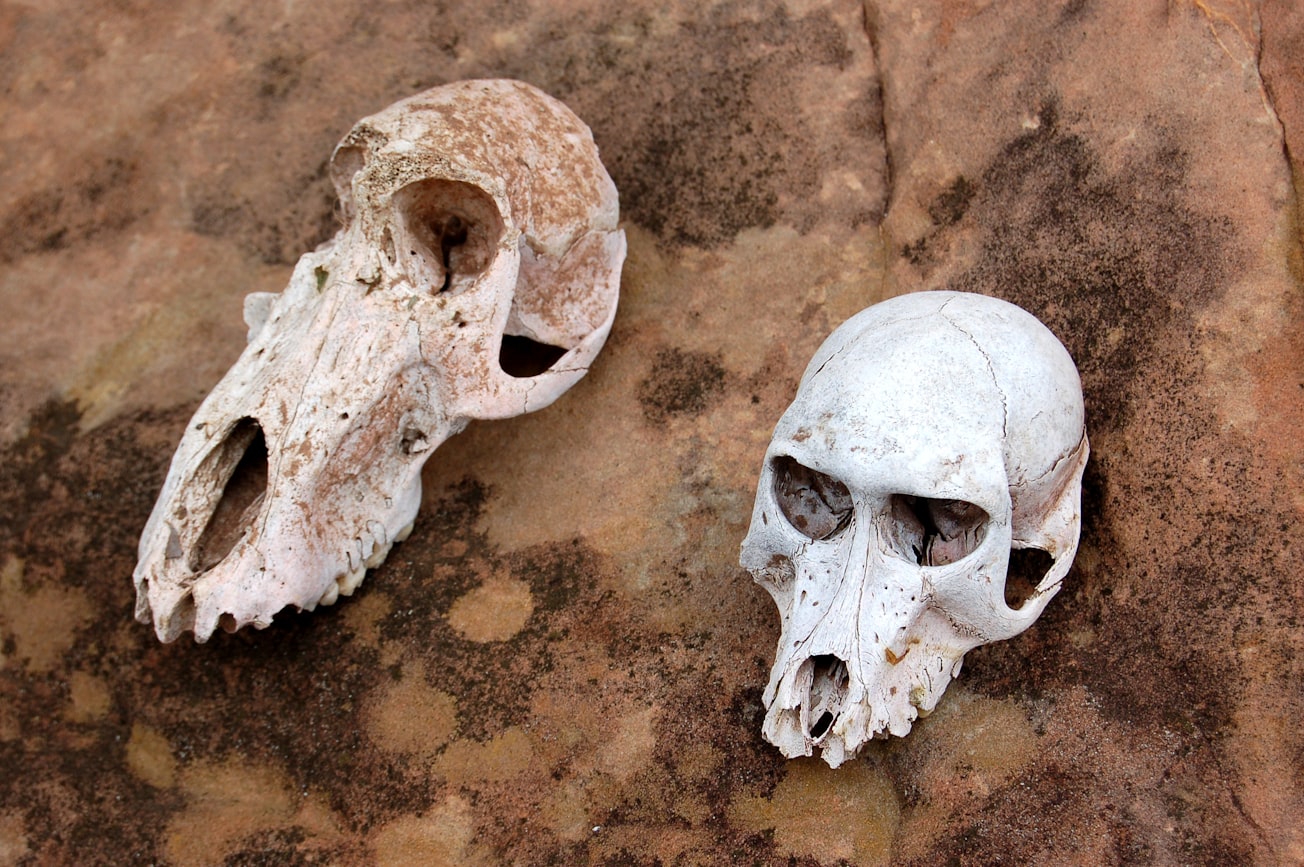What is it about?
We used correlations of fossil monkey species from human fossil sites in South Africa to their well-dated occurrences in eastern Africa to estimate their ages based on a comprehensive review of the African monkey fossil record. The consistent size increase of the molar teeth of the abundant and widespread species Theropithecus oswaldi with geological age allowed us to further constrain the ages of sites where it is common.
Featured Image

Photo by Matt Artz on Unsplash
Why is it important?
Our results provide an independent control on promising but relatively new chronometric techniques based on well-understood methods. We find no support for any early human fossil sites older than approximately 2.8 Million years which has implications for the timing of early human evolution in South Africa.
Perspectives
This article represents the culmination of more than 10 years of collaboration to provide an comprehensive review of African fossil monkeys form every major collection around the world.
Stephen Frost
University of Oregon
Read the Original
This page is a summary of: Biochronology of South African hominin-bearing sites: A reassessment using cercopithecid primates, Proceedings of the National Academy of Sciences, October 2022, Proceedings of the National Academy of Sciences,
DOI: 10.1073/pnas.2210627119.
You can read the full text:
Contributors
The following have contributed to this page










